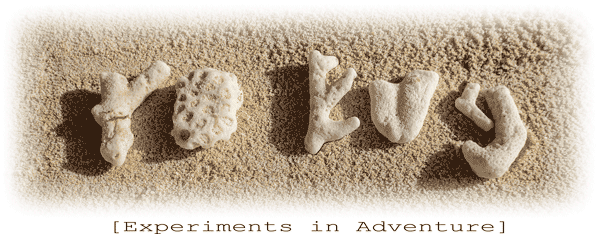We re-entered Switzerland at the end of the day and watched a sunset over some lake.

We checked into our hotel and went for a walk to the shore of one of the laken in Interlaken. I didn’t take any (successful) photos of the laken, but I did have some fun screwing around with my camera in the darkness, while Rochelle was wigging out about the Volkswagen-sized horned beetles that were flying around.

The next morning, after much deliberation, we decided to spring for the $200-per-person rail tickets to the top of Jungfraujoch. The journey involves 3 trains — 1 regular, 2 cog, and ascends to a railway station tunneled inside the mountain at 11,320 feet (3450m).
The first train took us deep into the mountain valleys…
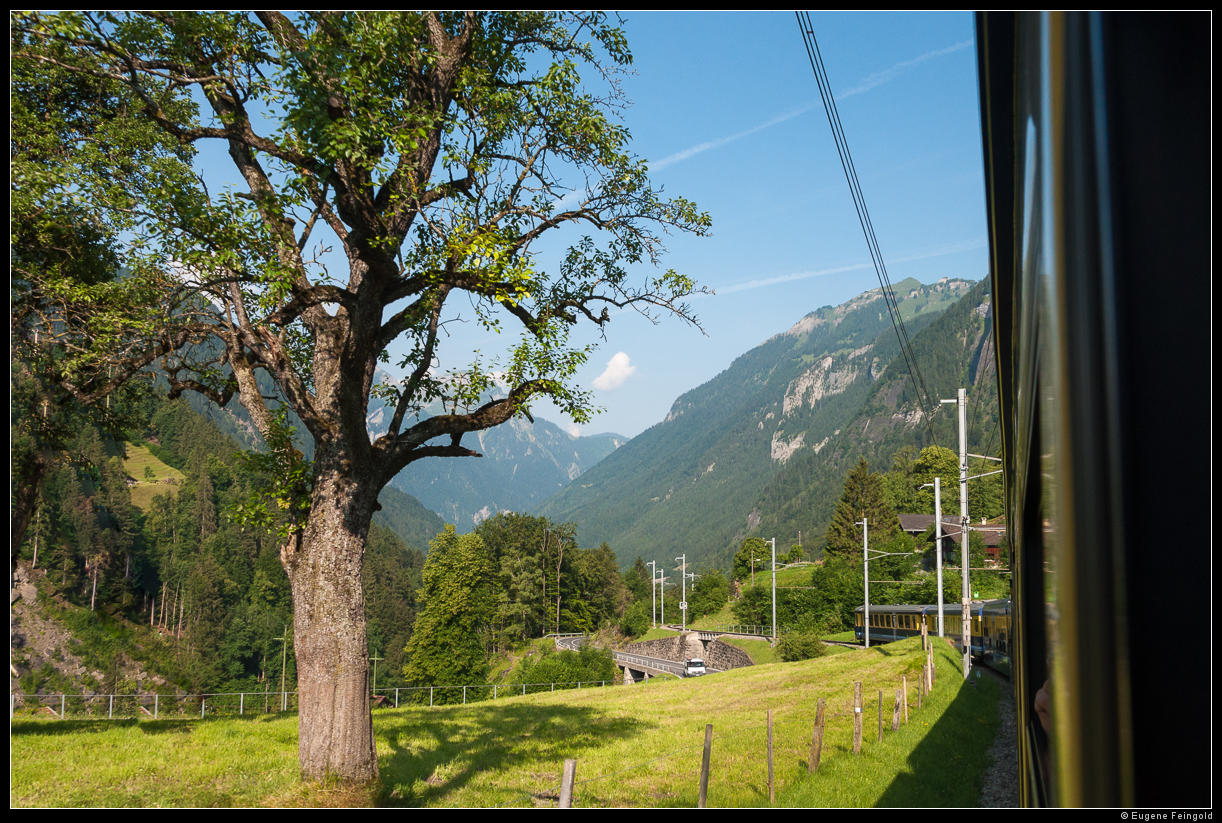
Arriving at Grindenwald, we immediately transferred to a cog railway and headed further up into the mountains.


This first cog railway took us to the second intermediate station of Kleine Scheidegg, where we had to wait to transfer to the final train to the top. Due to the steepness of this rail line – up to 25%, it is one of the four railways in the world to use 3-phase AC electrification. The trains all have double pantographs and pick up power off of two parallel wires. (Yes, I’m a train nerd)


Most of the rail line runs inside a tunnel, but there are two intermediate stops at glassed-in observation stations. This is looking down at Grindenwald, where we switched trains the first time.

And this is from the second intermediate station.

Everything looks tiny from 11,500 feet (3500m)

The mountains are enormous. It is really hard to take a photo that communicates the scale. Those little specks on the snowfield are people.

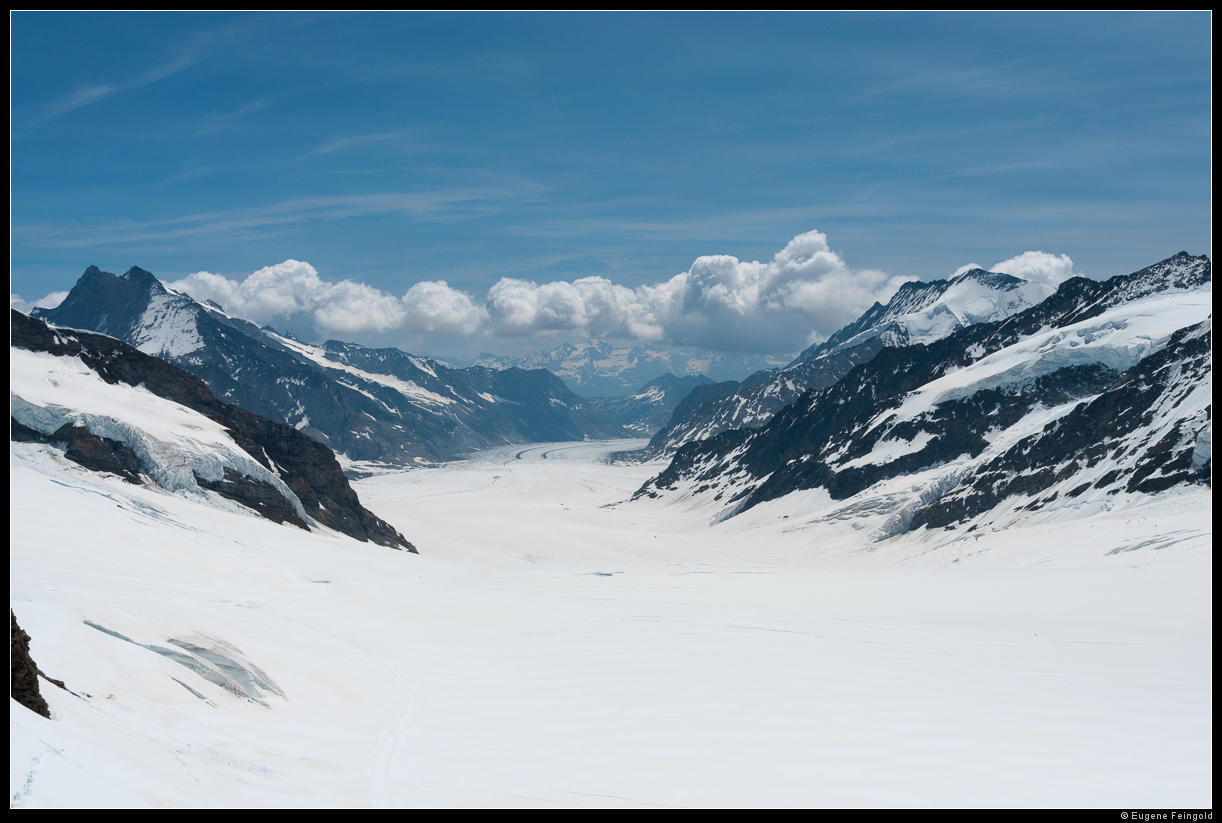
That’s the Eiger in the background

Inside the mountain there’s some gimmicky stuff with ice tunnels. Kinda neat, but then I read somewhere that they had to embed refrigeration coils in the glacier to keep tourists’ breath from melting the ice. Fake!

Outside, on the glacier. We were totally unprepared with our footwear, so we couldn’t take the 1/2 mile hike to get a better view of the Eiger, so we settled for a little play in the snow.

Activities! (not one of us)

Heading back down the mountain we had to wait for an ascending train to pass. Note the double pantographs.

As we descended, it became clear that waking up early was the right decision. The clear, sunny mountain we had just visited was now inside a cloud.

Back at the intermediate station. All of the trains and tracks and mountains made me feel like I was inside a model railroad.

Since we had plenty of time left in the day, we decided to hike down instead of taking the train down. This was not a mistake.
On the way I decided to try to take a picture of every variety of alpine flower I could find. The following few shots capture about half of the diversity…





(Not a flower)



Flowers everywhere!

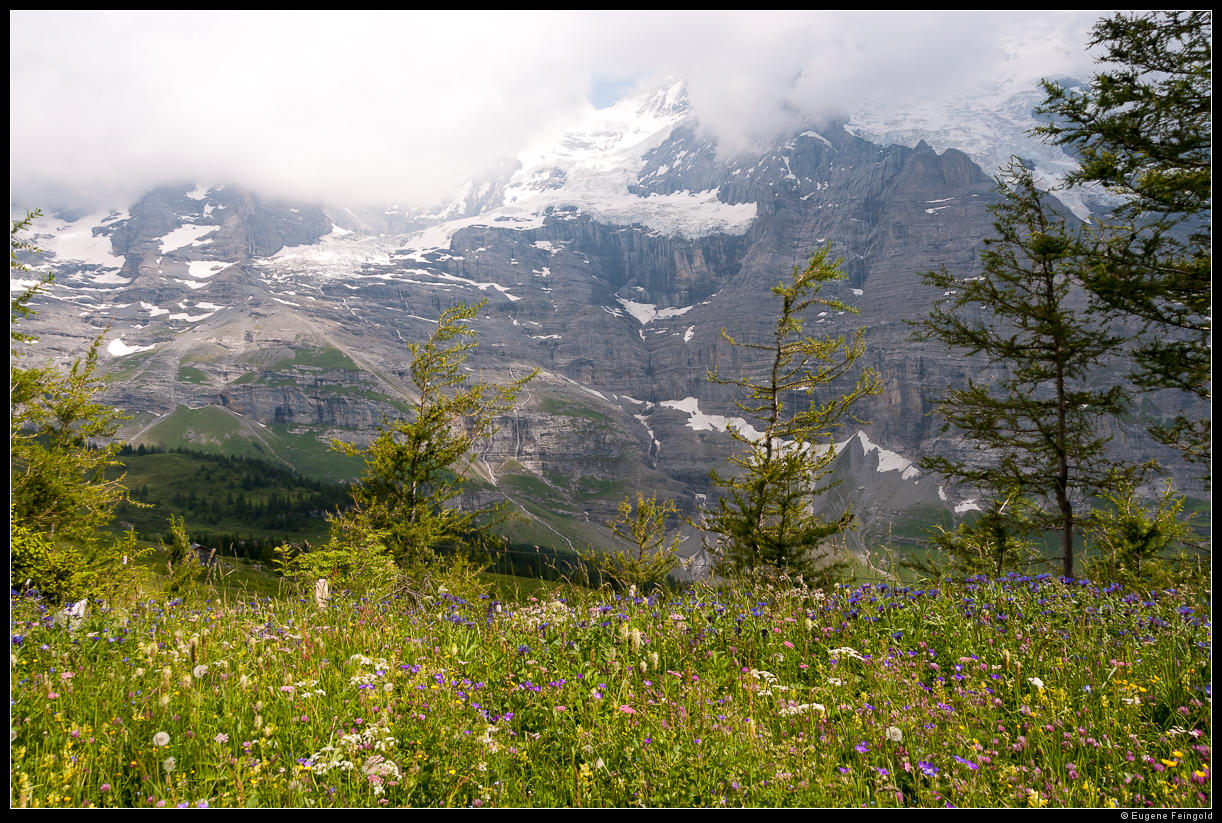
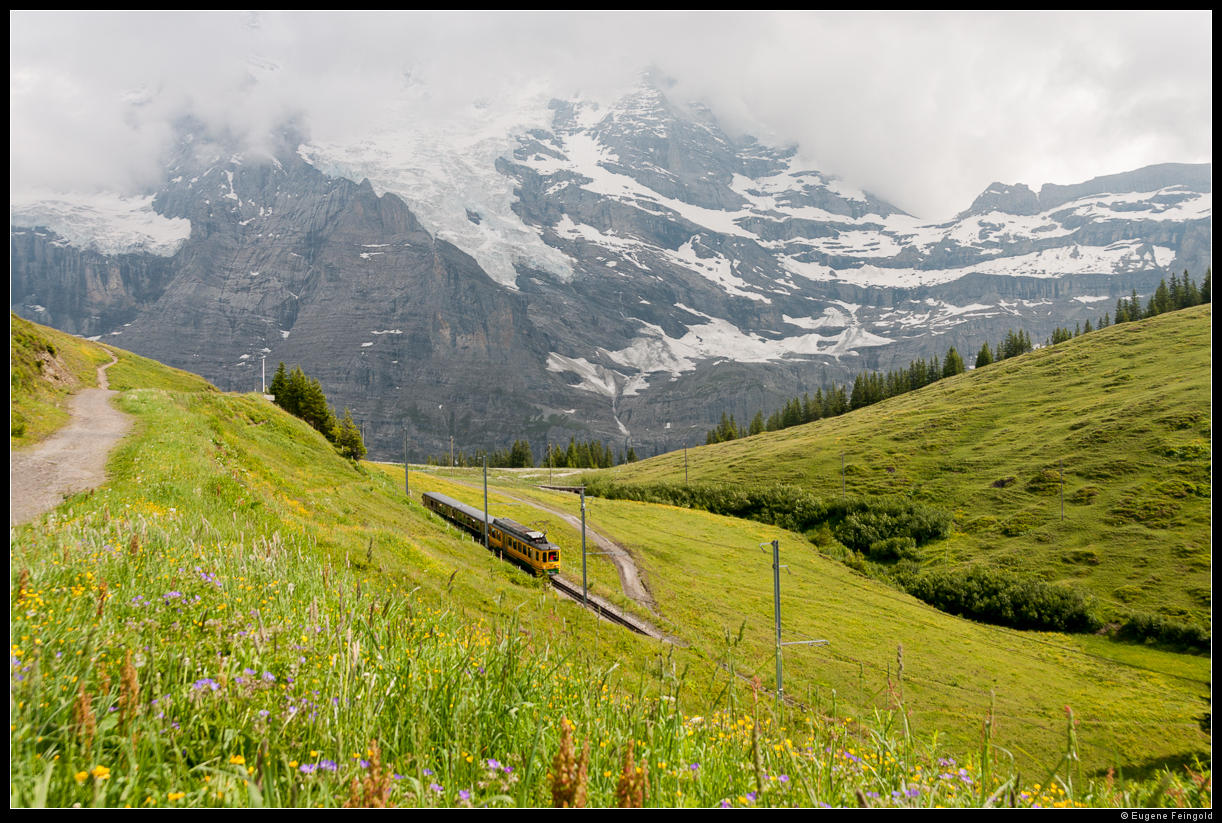
We were descending down into Lauterbrunnen valley — the valley Tolkien visited as a young man that was his inspiration for Rivendell.
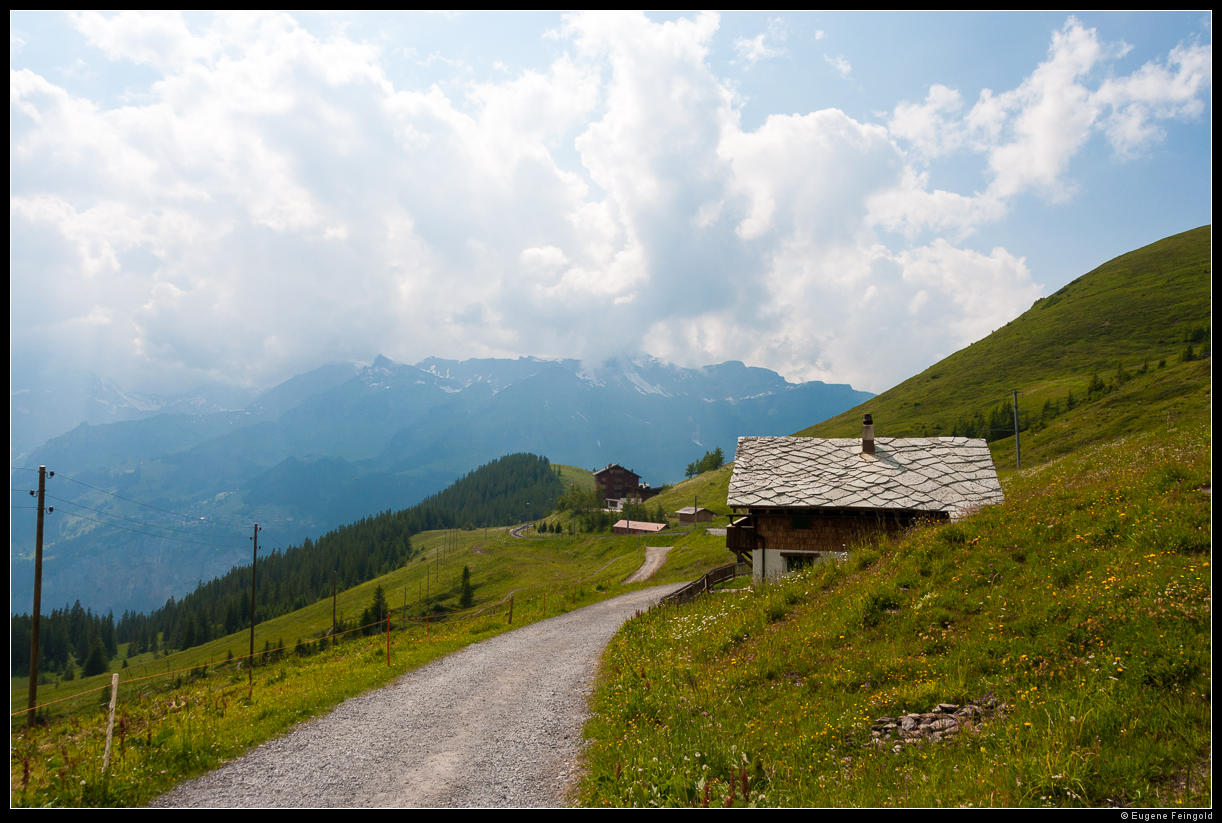
The village of Wengen is perched above the cliff, the village of Lauterbrunnen, not visible from this angle, is below in the valley
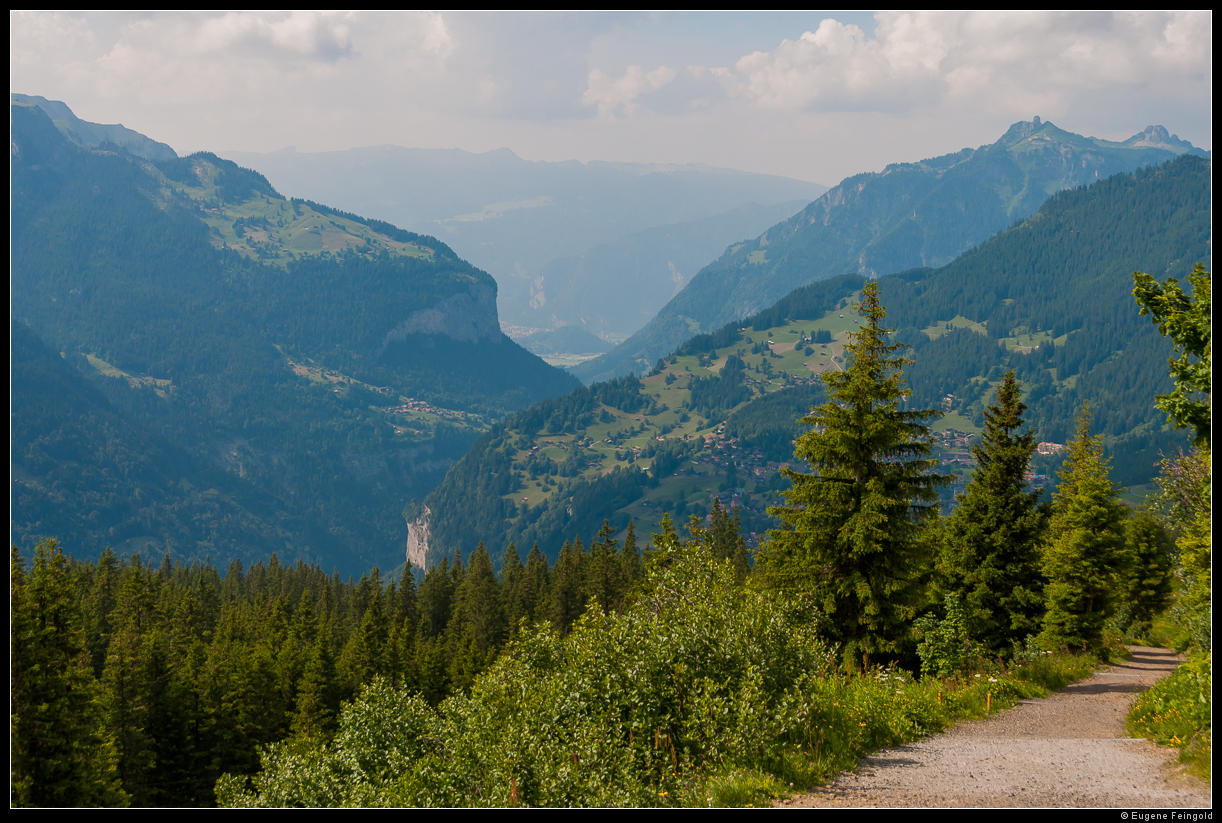
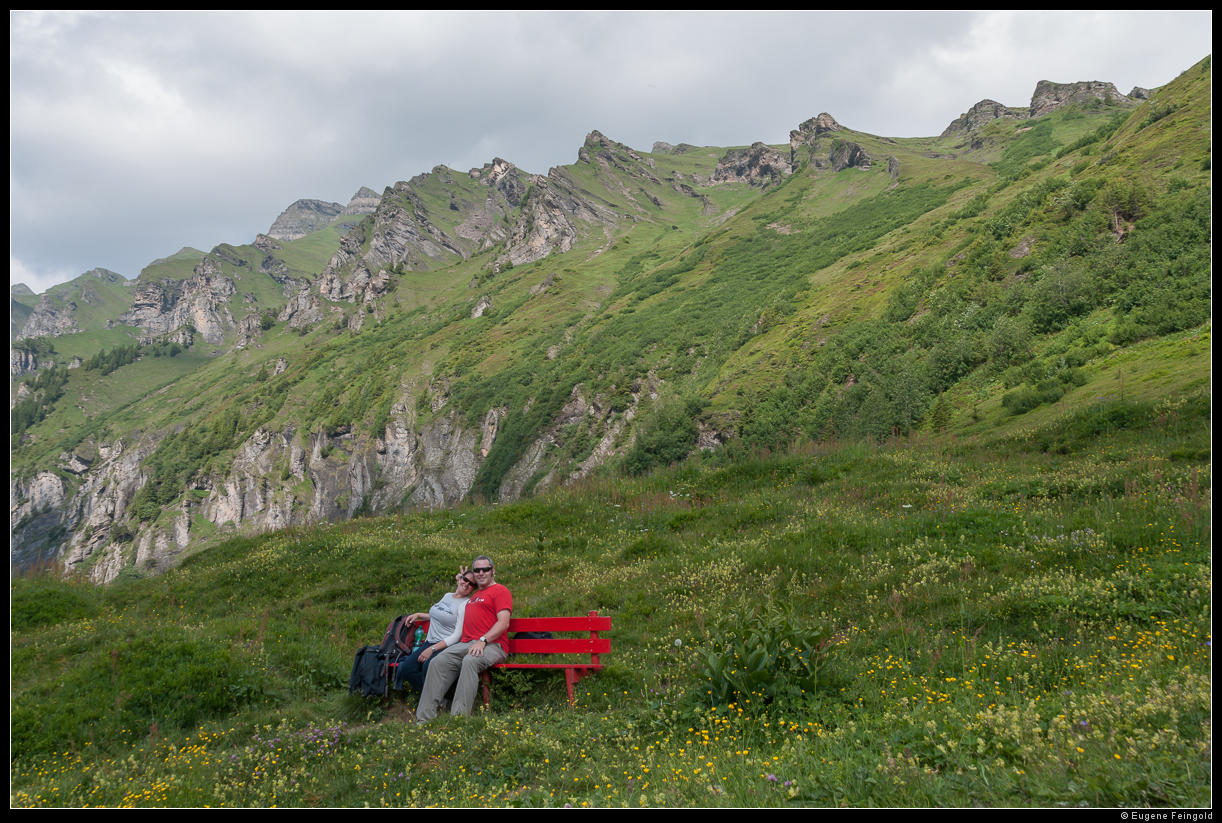
With daylight rapidly fading, we caught one of the last trains down the rest of the way. I spent the entire trip hanging out a window madly snapping away.

Oncoming traffic

The village of Lauterbrunnen

Just your ordinary railway station
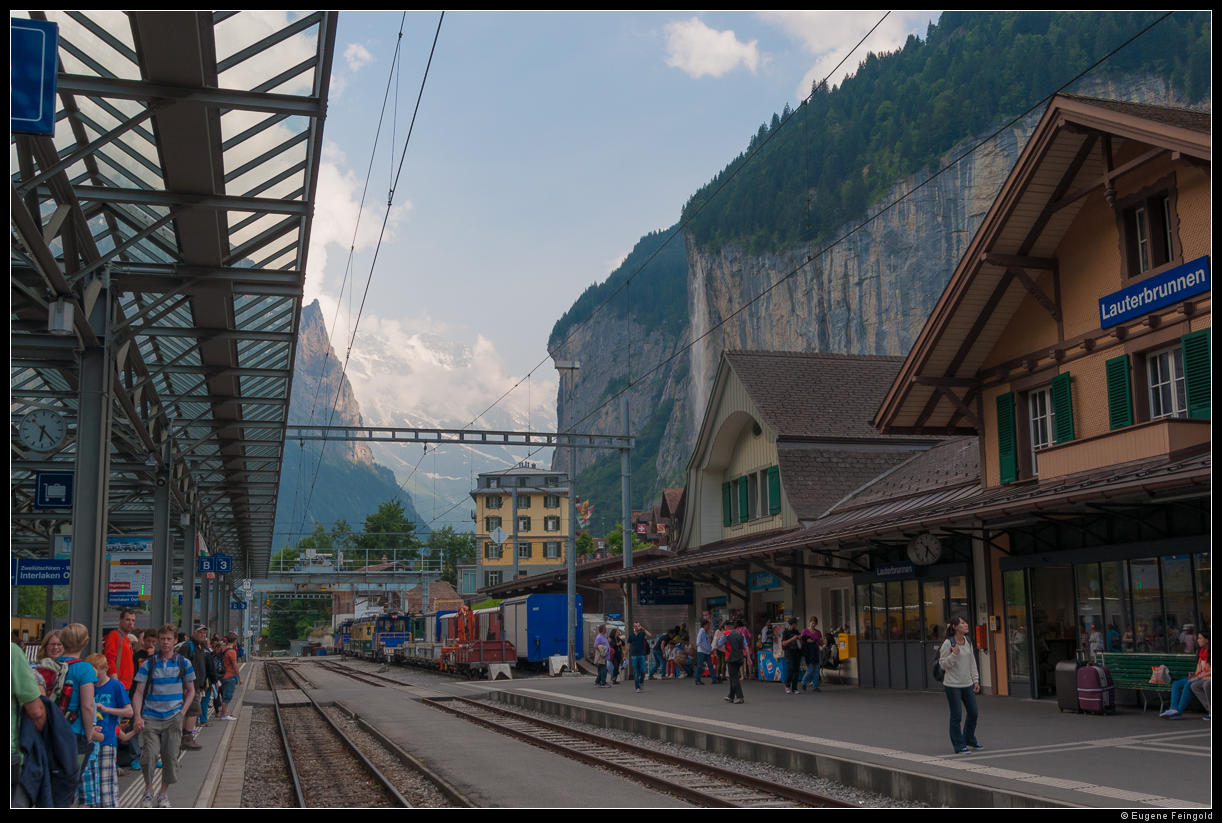
The next day we packed up and headed toward Baden-Baden, Germany. On the way we drove through the Schwartzwald (Black Forest). I took zero photos there. It was hazy, and the views were either of trees (woo, trees) or hazy farmland and industrial towns in the distance. After the Alps, it was kind of a let-down.
I did get to drive on the autobahn and maxed out our poor 1.4l TDI Golf at 183kph (113mph). It was an unimpressive speed, but doing it legally was pretty rad.
We spent our time in Baden Baden relaxing in the town and in the town’s primary attraction — the baths. I took few photos, as the weather was kind of overcast, and I was photo-ed out from taking a thousand photos in Switzerland.
This is our hotel

And this is an old castle that was recently bought by some sheikh who is planning on transforming it into a resort/casino. I expect it to be ruined.

Baden-Baden

Far from home

After two days in Baden Baden, the end of our car trip was drawing near, as we only had one more stop before heading to Paris — in Kaysersberg, in Alsatian wine country. Since it isn’t very far from Baden-Baden, we spent most of the travel day exploring Strasbourg.
Strasbourg has one of the many Notre Dames in France, and this one is widely considered to be one of the best examples of Gothic architecture in the world. It was also the world’s tallest building from 1647 to 1874, and other fun facts.
Climbing to the top…

On top

View from the top

That building in the background that looks like a trackball is the home of the European Parliament


Beaglegoyle
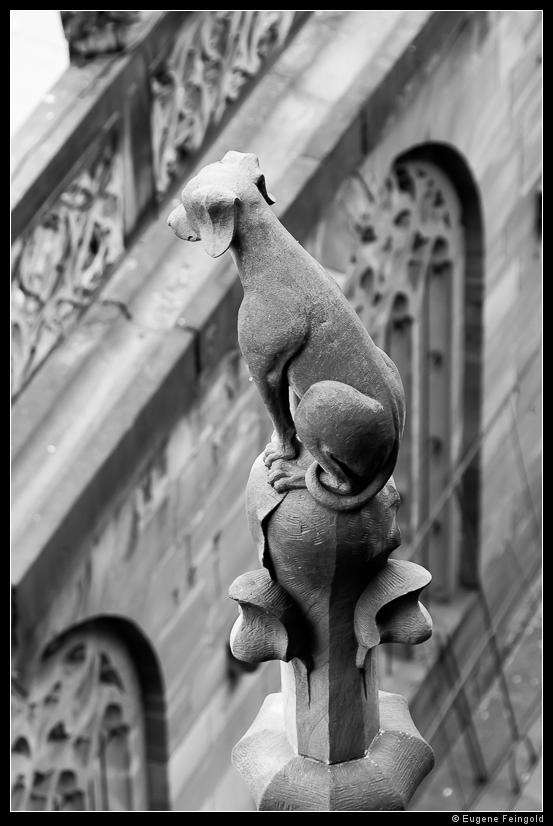
Nice organ inside
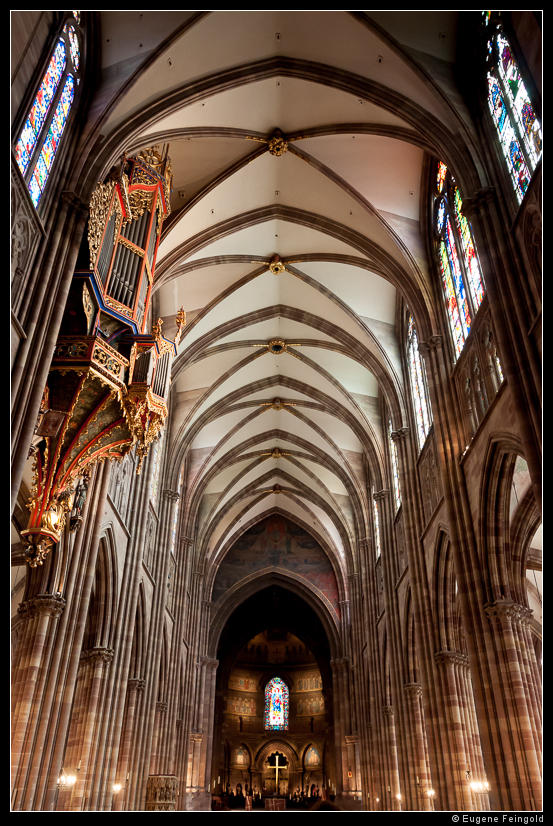
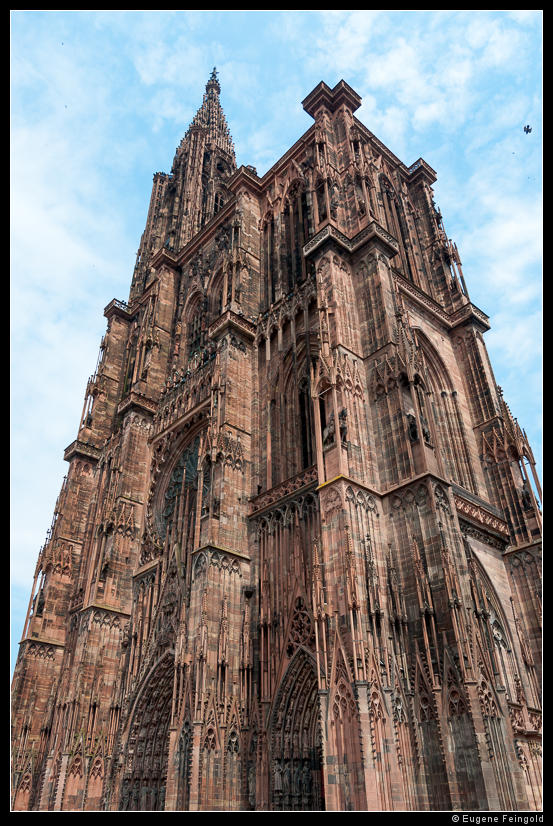
Around Strasbourg…
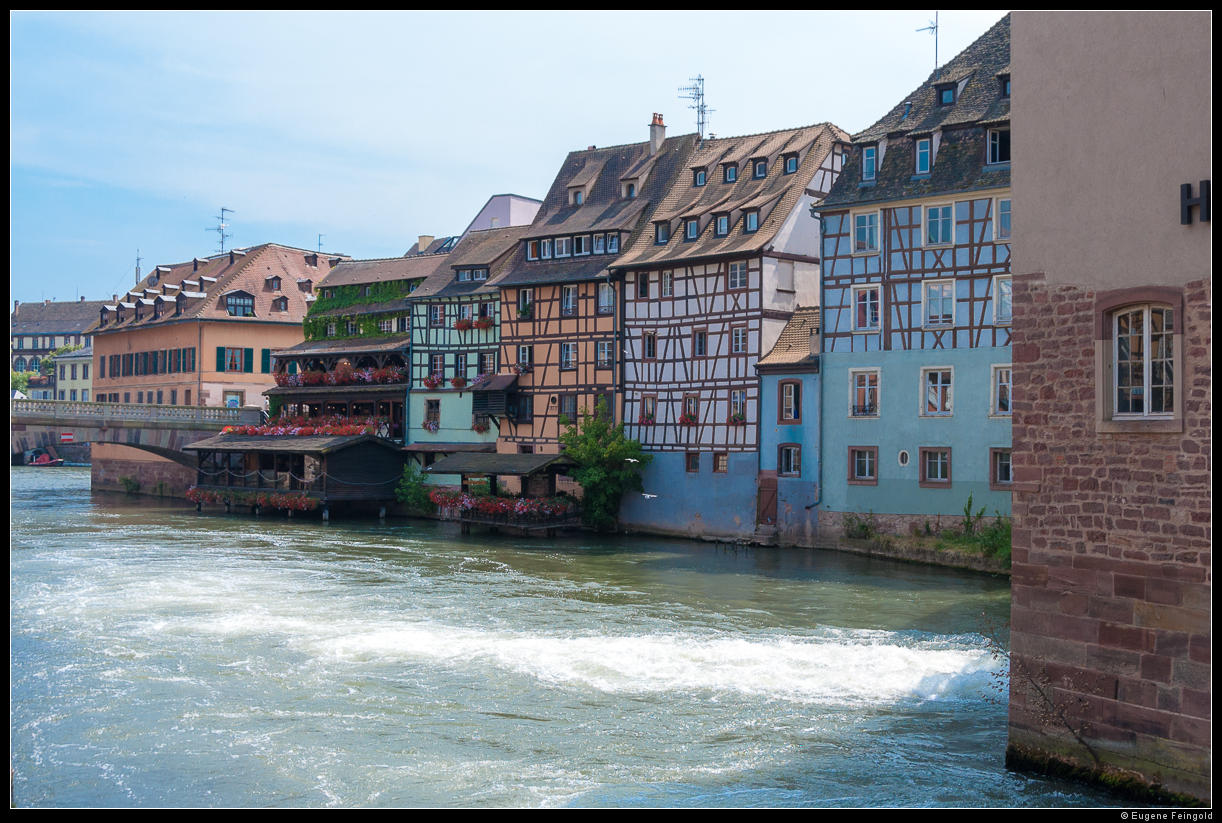

On the way out of Strasbourg we stopped by a castle. Oh look. A castle. Anyway…

The next day we ate breakfast bought at a nearby brasserie on a bridge in Kaysersberg


Then rented some bicycles and went off to the wine country, where I didn’t bring my camera, so here are a couple of iPhone shots

It was miserably hot and there was no shade, but it was good times anyway

We stayed in a neighboring village – Kientzheim, pop 800. The hotel was a remodeled 12th century abbey.


Around Kientzheim…

We had dinner here our first night. Fantastic food, fantastic setting.

Main street

The second night we went to have dinner in Kaysersberg…




After leaving Kaysersberg we had to return the car in Paris on the following day, so we decided to spend the night in Reims, 120km outside of Paris. On the way we drove by Verdun and many many sunflowers.


Our first stop in the Verdun area was Fleury-devant-Douaumont, population 0. During World War I the village exchanged hands between the French and the Germans 16 times and was completely leveled in the process. It is still an official village, even though it was never resettled.
The irregularity in the land is from the cratering of years of heavy artillery bombardment.

There are little signs documenting where each building stood.

The next stop was Fort Douaumont, destroyed in the Battle of Verdun. All that remains is a hill with fortified sides and some of these artillery towers poking up. In the distance: Germany.
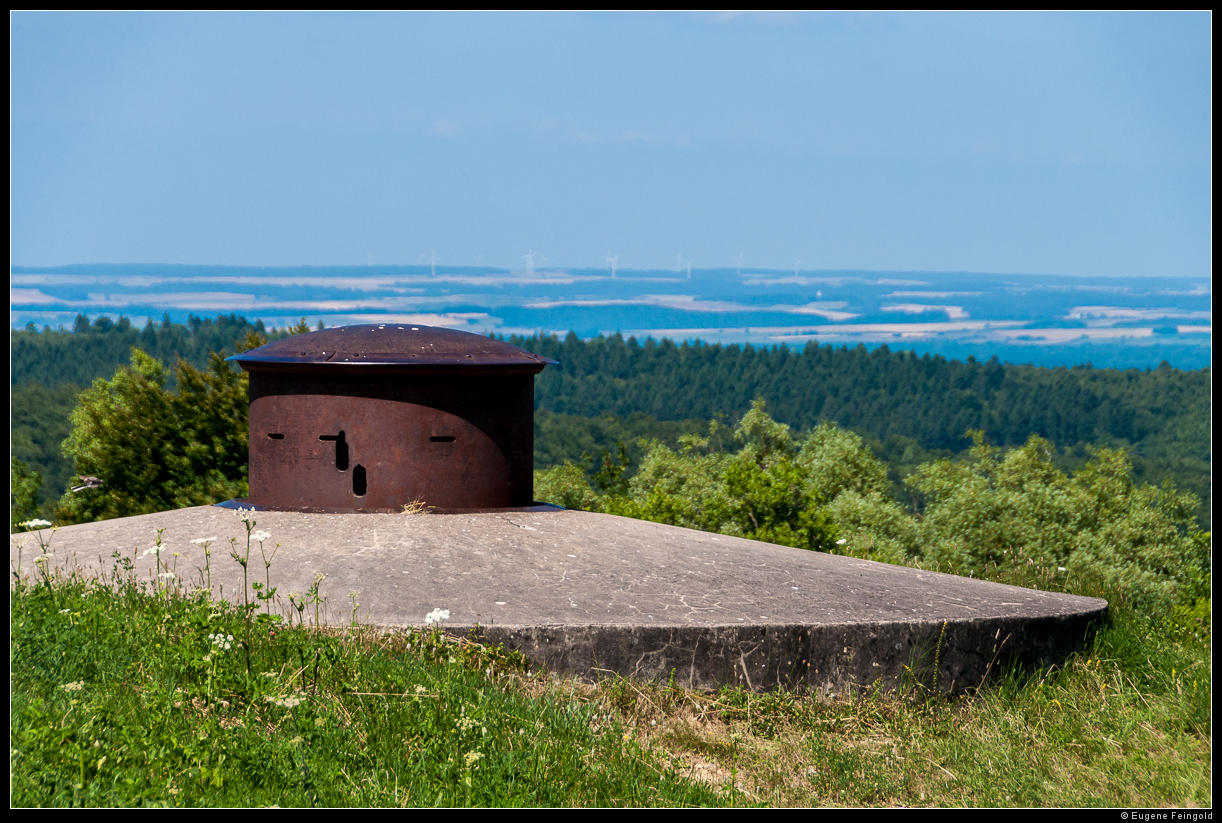
The flags of Germany, France, and the European Union fly over the site where so many died.
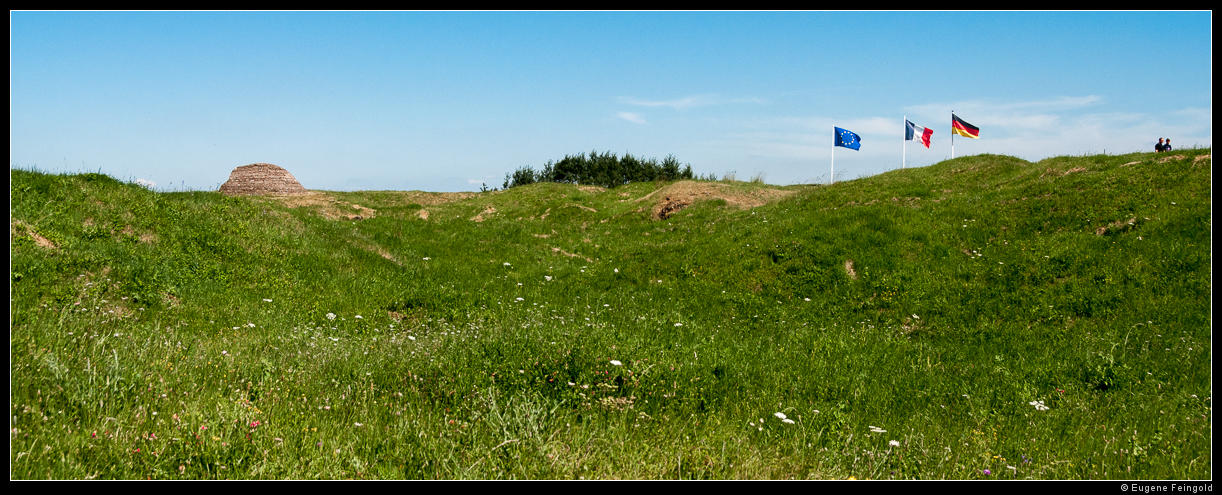
Some trenches were left as a testament. They are now so old that tree has grown in the trench.

The Douaumont Ossuary, which houses 130,000 dead and mostly unidentified French and German soldiers. Outside is the largest French WWI military cemetery housing an additional 16,000 soldiers. Some of the soldiers were Muslim, mainly from Algeria — their gravestones all face Mecca.
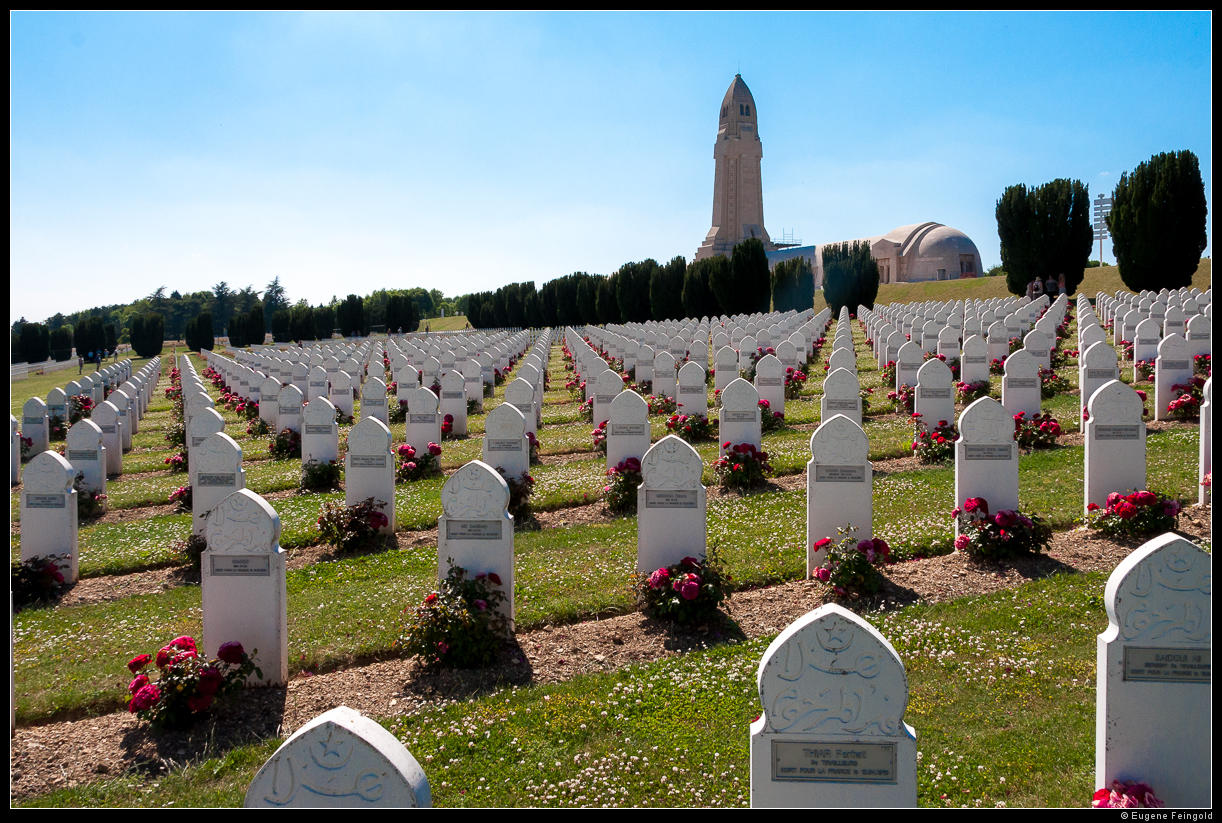
Inside.
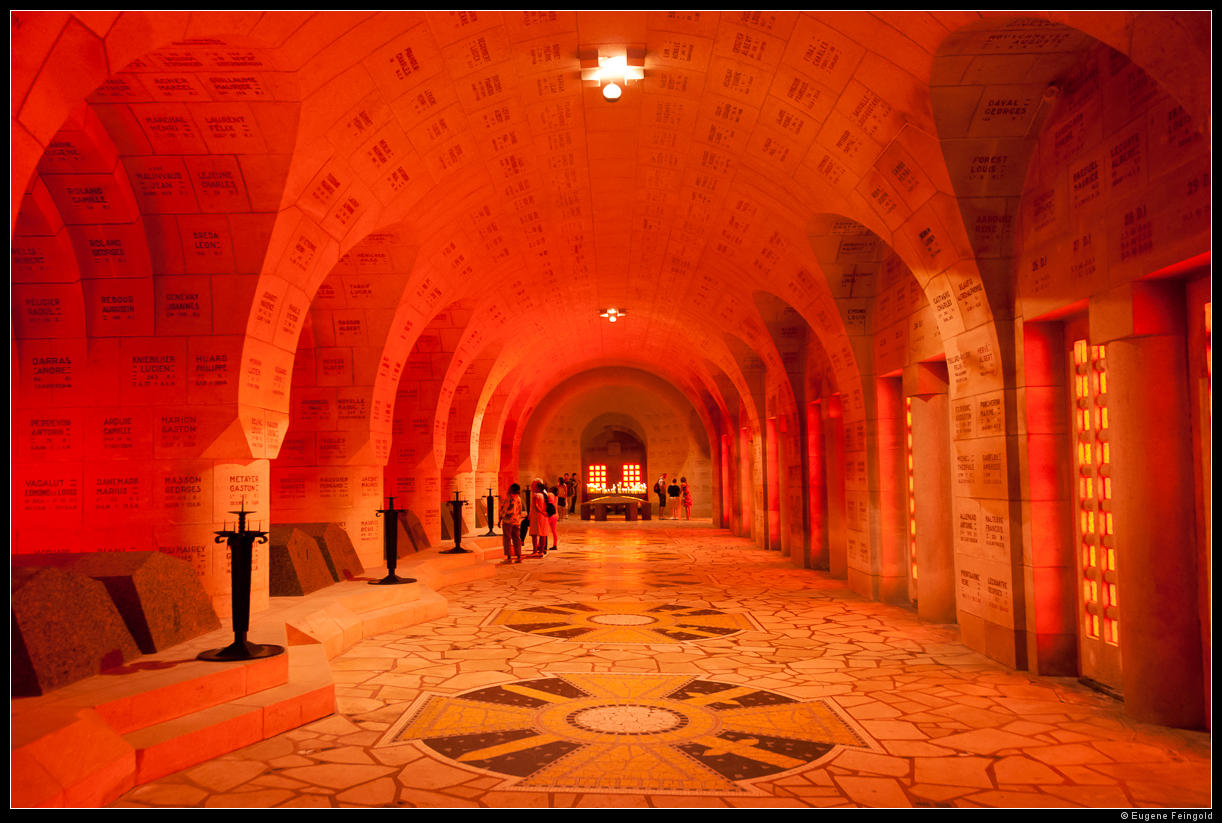
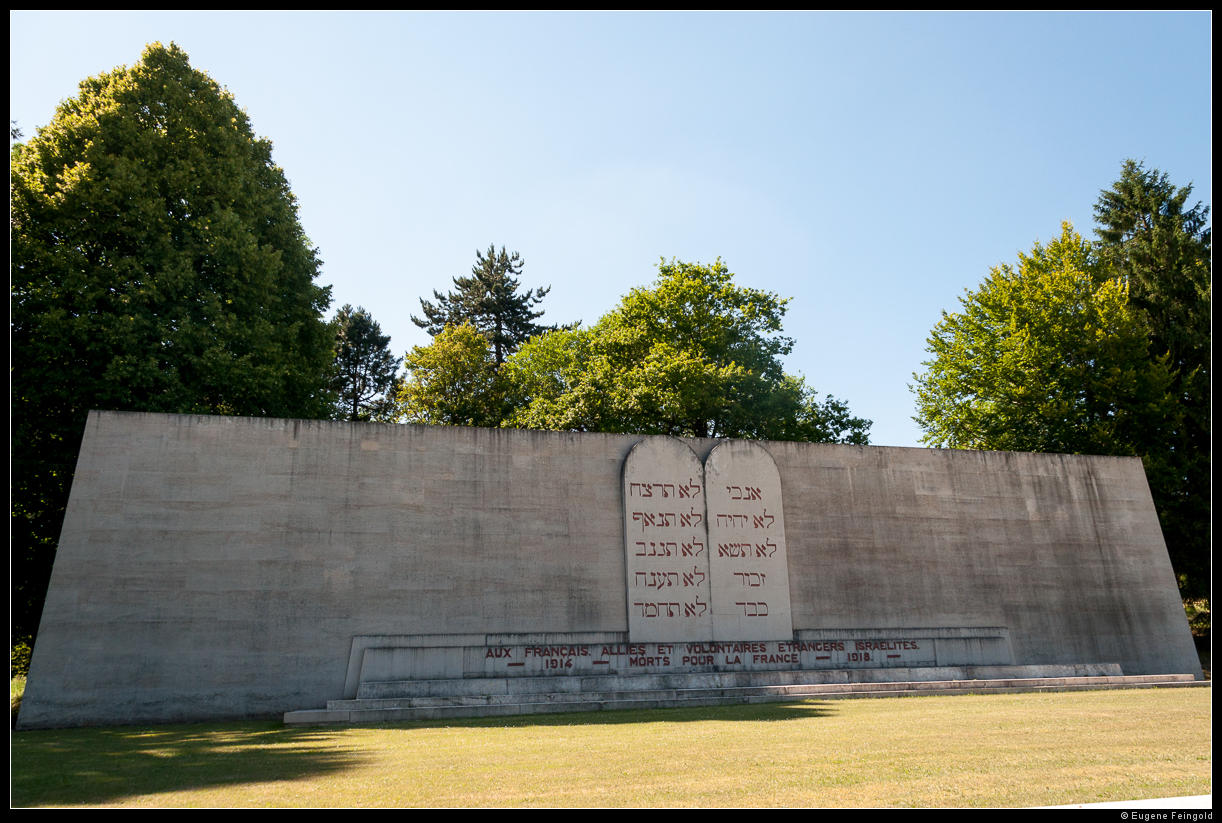
We arrived at our overnight stop of Reims pretty late in the day, with the light fading. We went into town to have dinner, and to see the Reims version of the Notre Dame, where I took one of my most fortuitous photos ever. For a brief moment all of the people in front of the church synchronized and walked out of frame. A square that moments ago had a dozen people, now stood empty in the setting sun.


I don’t know this story…


Back to Week 2
Stay tuned for Weeks 4&5: Paris!
